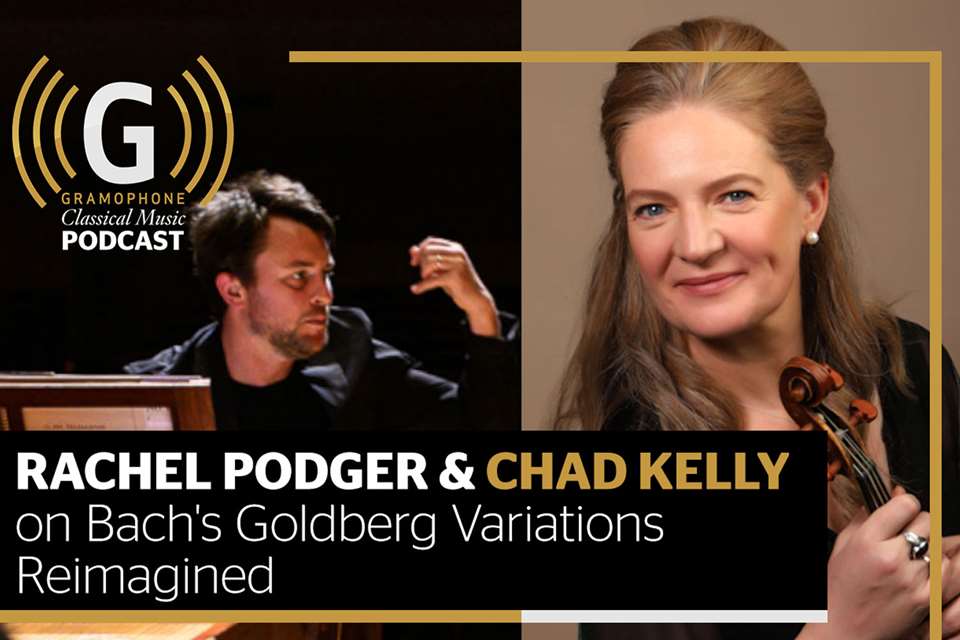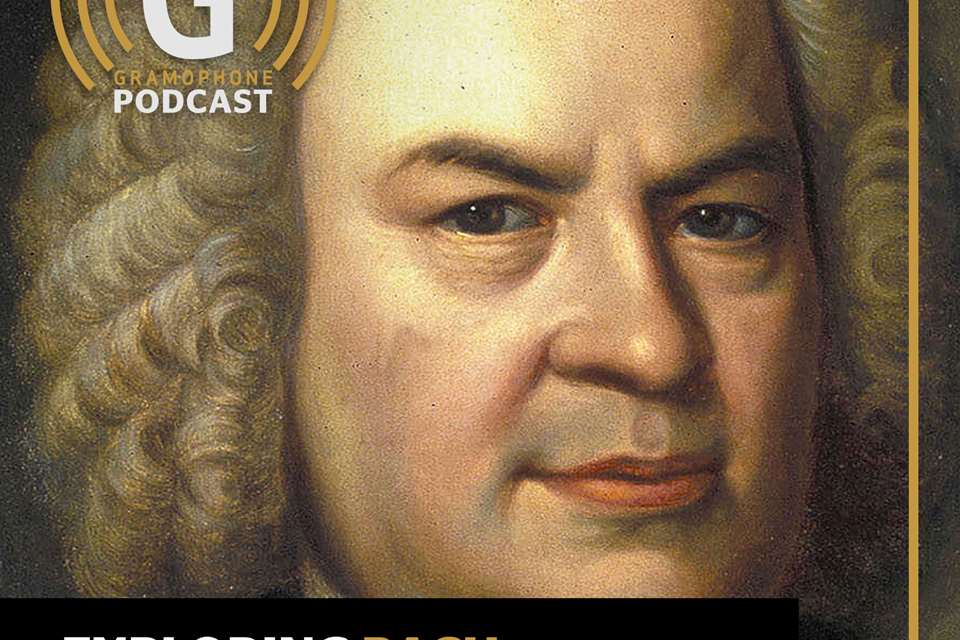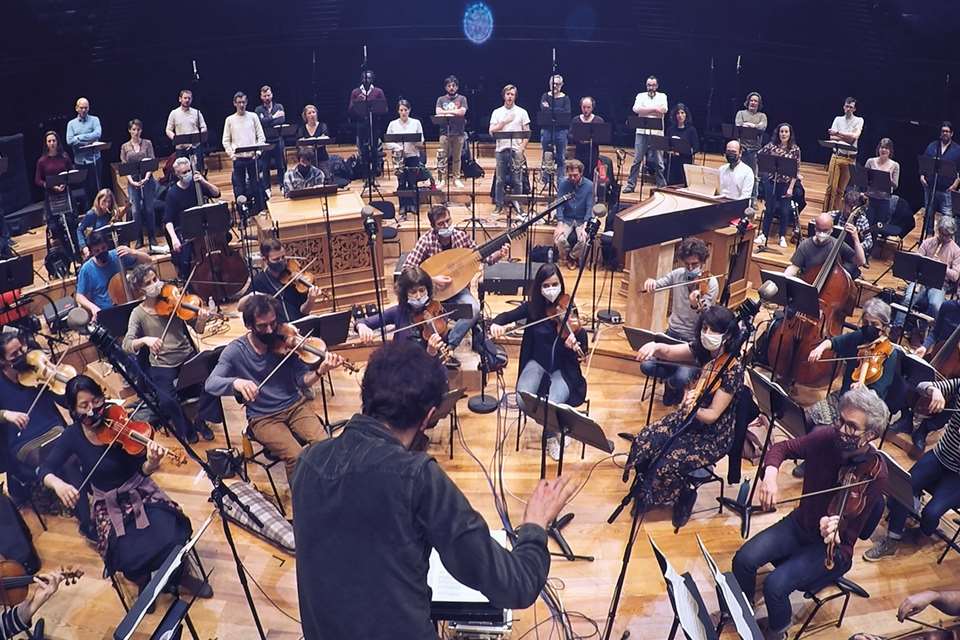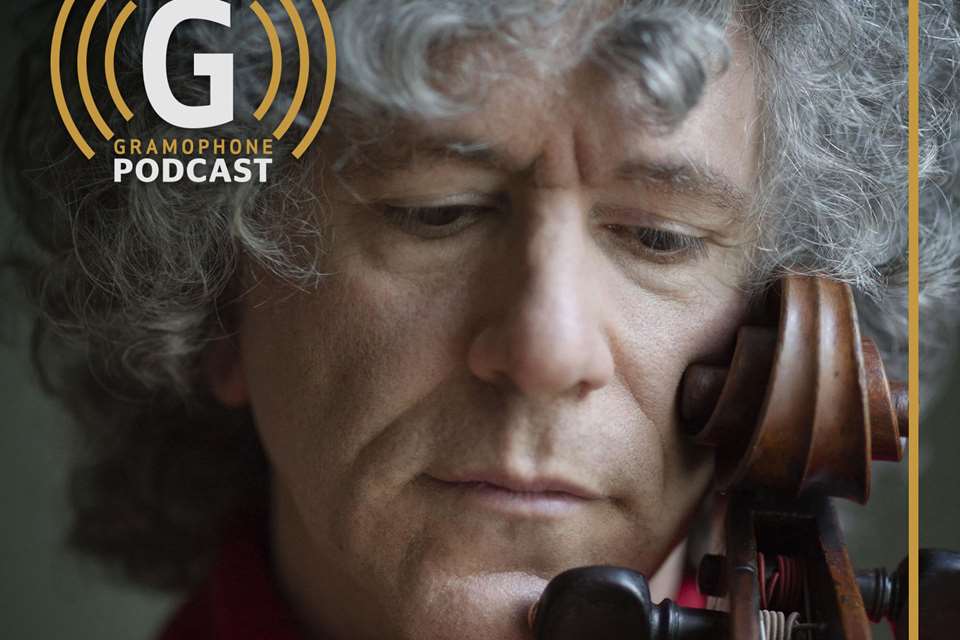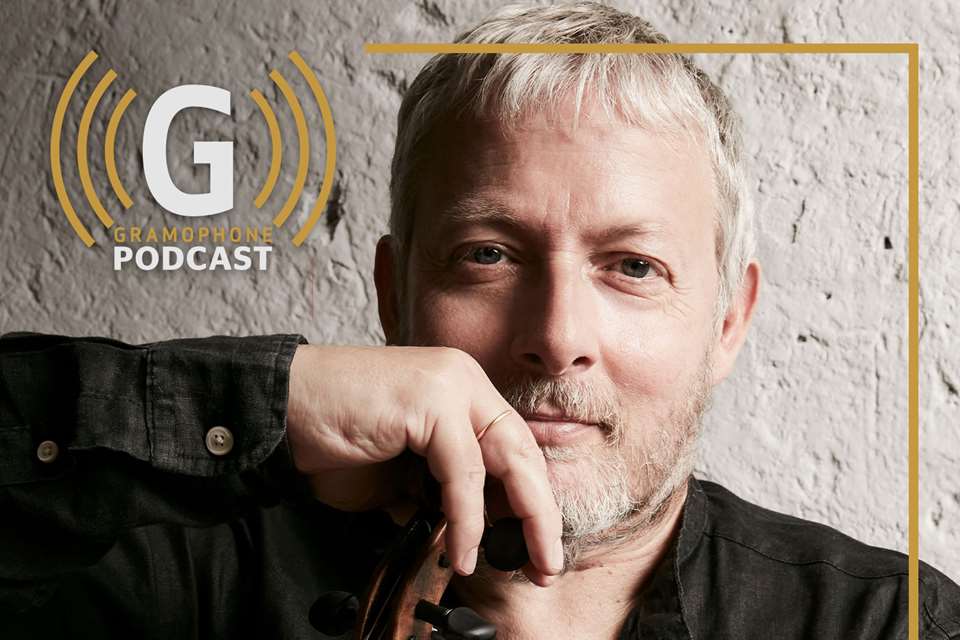JS Bach’s ‘Ich habe genug’: a guide to the best recordings
Lindsay Kemp
Monday, November 6, 2023
The meditative Cantata No 82, among the most emotive of Bach’s 200 or so such works, has inspired a range of highly effective recordings over the past three-quarters of a century

Register now to continue reading
Thanks for exploring the Gramophone website. Sign up for a free account today to enjoy the following benefits:
- Free access to 3 subscriber-only articles per month
- Unlimited access to our news, podcasts and awards pages
- Free weekly email newsletter




